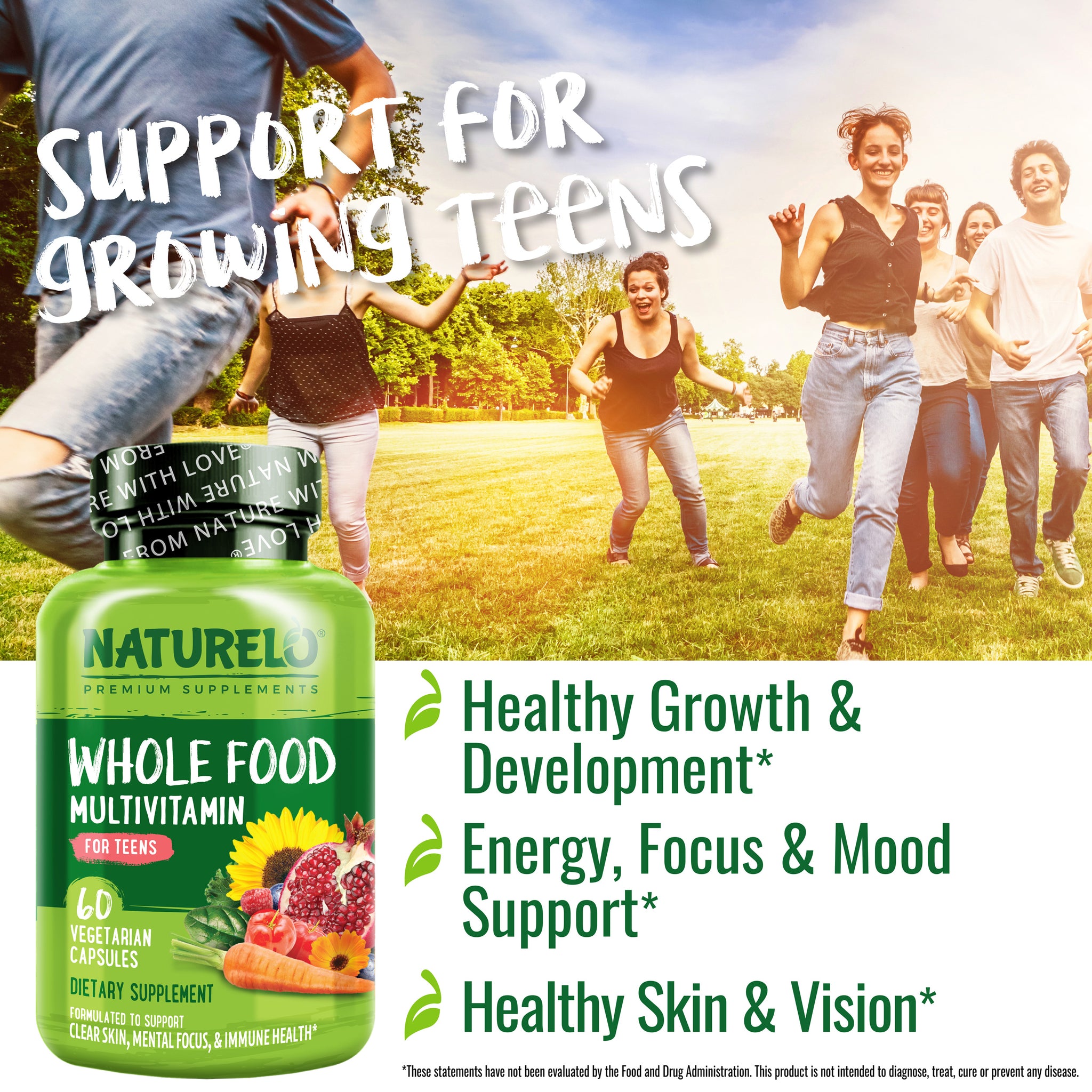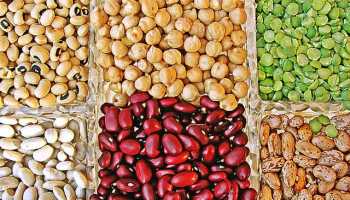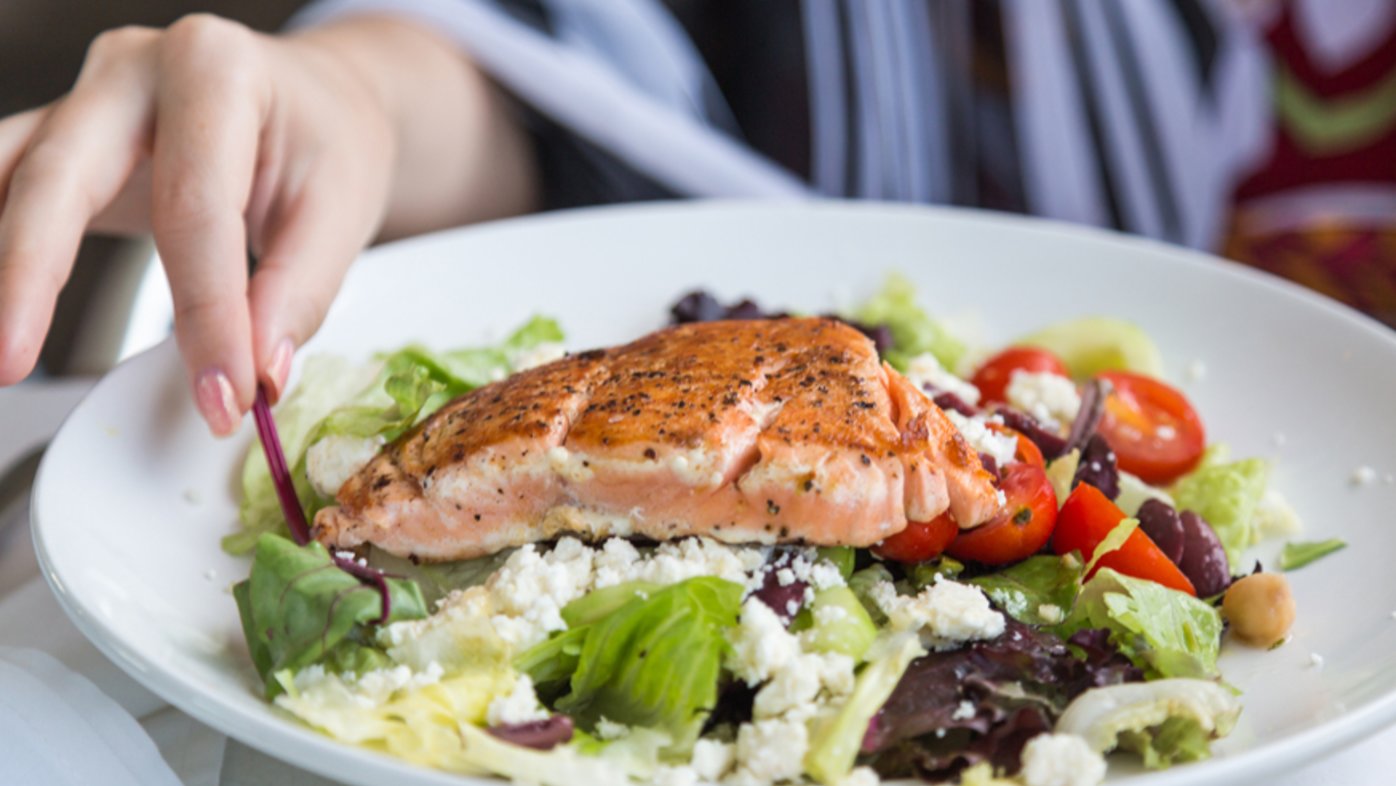
Your vegan pregnancy diet can be enriched with fats through the use of good oils and tasty salad dressings. Nuts are also a good source of fats. You can also enjoy a few pieces of chocolate, but keep it in moderation. Coconut, avocados, olives and other fat-rich foods are good options.
Vitamin C
Vitamin C is crucial for pregnant women who are trying to conceive. Although there are many vegan food products that include this vitamin, they don't absorb as well as vitamin D. Vegans should consider taking a vitamin supplement.
The stage of your pregnancy determines how much vitamin D is required. You should aim for 200 mg of vitamin D a day if you are a lactating mother. A daily vegan supplement may contain up to 300 milligrams DHA.

It is important to be aware of the best sources for each nutrient so you can plan ahead. Although vegan food is easy to obtain many nutrients, there are fortified foods as well as supplements and other options. High-quality vegan food is essential because low-birth-weight mothers are more likely to have pregnancy complications.
Iron
Iron is essential for pregnant women. Vegan pregnancy diets can be healthy. The body needs 48mg of iron each day. Plant-based foods are more absorbable than animal-based ones. In addition, vegan pregnant women's needs for iron are higher than those of an omnivore. It can be difficult to get sufficient iron from a vegan food, but it is not impossible.
Vegan pregnancy diets are low in zinc, iron, and vitamin D. Although zinc is abundant in animal products it isn't found enough in vegan foods. Plant-based foods contain iron, zinc gluconate, and manganese, but these minerals are less concentrated than those found in animal-based food. It is important to determine what amount of zinc a vegan diet needs.
Calcium
Consideration should be given to pregnant women who choose to eat a vegan diet. Calcium is an essential nutrient for healthy bones and teeth. It also plays a vital role in the development of a baby. Calcium helps blood clot and maintains the normal function of the heart and other organs. To avoid bone problems, calcium must be consumed in sufficient quantities.

Many foods are calcium-fortified. You can get sufficient calcium from vegan foods by eating a variety. 130 mg of calcium is found in 2 tablespoons of sesame seed butter. Flax seeds, chia seeds, and flax seeds are good sources of calcium. These foods are rich in fiber, iron, zinc and other nutrients. Lentils are rich in calcium, as is beans. They also contain folate, magnesium, and potassium.
FAQ
How do I find out what's best for me?
Listen to your body. Your body knows best when it comes to how much exercise, food, and rest you need. Your body will tell you what to do so that you don't go overboard. Be aware of your body and do what you can to keep it healthy.
Which are the top 10 foods you should eat?
The top 10 best foods are:
-
Avocados
-
Berries
-
Broccoli
-
Cauliflower
-
Eggs
-
Fish
-
Grains
-
Nuts
-
Oats
-
Salmon
What is the difference in a calorie from a Kilocalorie?
Calories are units used to measure the amount of energy in food. A calorie is a unit of measure. One calorie is the amount of energy required to heat one gram water one degree Celsius.
Kilocalories can also be used to refer to calories. Kilocalories can be measured in thousandsths of one calorie. 1000 calories equals 1 kilocalorie.
How can I get enough vitamins?
Your diet can provide most of your daily requirements. Supplements can be beneficial if you are missing a specific vitamin. You can take a multivitamin supplement that contains all the vitamins you need. You can also buy individual vitamins at your local pharmacy.
Talk to your doctor if you have concerns about getting enough nutrients. Some examples of rich sources of vitamins E and K include dark green leafy vegetables, such as spinach.
Ask your doctor if there is any doubt about how much vitamin you should be taking. Based on your medical history, and current health status, your doctor will recommend the right dosage.
What can be done to increase your immune system's effectiveness?
The human body is made up of trillions and trillions cells. Each cell works together to create organs and tissues that fulfill specific functions. A cell that dies will be replaced by another. Chemical signals, called hormones, allow cells to communicate with each other. Hormones regulate all bodily processes, from growth and development to metabolism and immunity.
Hormones can be described as chemicals produced by glands in the body. They are messengers that help control how our bodies operate. Some hormones come from the body and others are produced outside.
Hormone production starts when hormone-producing cells release their contents into your bloodstream. Once hormones are released they move through the bloodstream until reaching their target organ. Some hormones are only active for a brief time. Other hormones stay active longer and continue to influence the body's functioning even after they leave the bloodstream.
Some hormones are made in large quantities. Others are produced in small amounts.
Some hormones are produced at certain times during life. Estrogen, for example, is produced in puberty as well during pregnancy, menopause, old age, and after menopause. Estrogen assists women with breast development, bone density, and osteoporosis prevention. It also promotes hair growth and keeps skin smooth and soft.
Statistics
- According to the 2020 Dietary Guidelines for Americans, a balanced diet high in fruits and vegetables, lean protein, low-fat dairy and whole grains is needed for optimal energy. (mayoclinichealthsystem.org)
- The Dietary Guidelines for Americans recommend keeping added sugar intake below 10% of your daily calorie intake, while the World Health Organization recommends slashing added sugars to 5% or less of your daily calories for optimal health (59Trusted (healthline.com)
- WHO recommends consuming less than 5% of total energy intake for additional health benefits. (who.int)
- WHO recommends reducing saturated fats to less than 10% of total energy intake; reducing trans-fats to less than 1% of total energy intake; and replacing both saturated fats and trans-fats to unsaturated fats. (who.int)
External Links
How To
How to live a healthy lifestyle
A healthy lifestyle is one where you are able to maintain your weight, your health and your fitness level. It involves living a healthy lifestyle, which includes exercising regularly, eating well, and staying away tobacco, alcohol, and other drugs. Healthy living can help you feel better about yourself and keep you fit. Additionally, a healthy lifestyle will reduce your chances of developing chronic diseases like stroke, heart disease or diabetes, as well as cancer, osteoporosis, arthritis, and other conditions.
This guide provides a step by step guide for living a healthier and happier life. The introduction of the project was the first. This describes what a healthy lifestyle looks like, why it is important, and who we are. The body paragraphs contain tips on how you can maintain a healthy lifestyle. Finally, I wrote the conclusion. It summarises the entire article and offers additional resources, if needed.
I learned how to create a concise and clear paragraph through this assignment. Also, I learned how my ideas could be organized into topic sentences or supporting details. Furthermore, I was able to improve my research skills by being able to identify specific sources and correctly cite them. Finally, I learned how to properly use grammar when writing.